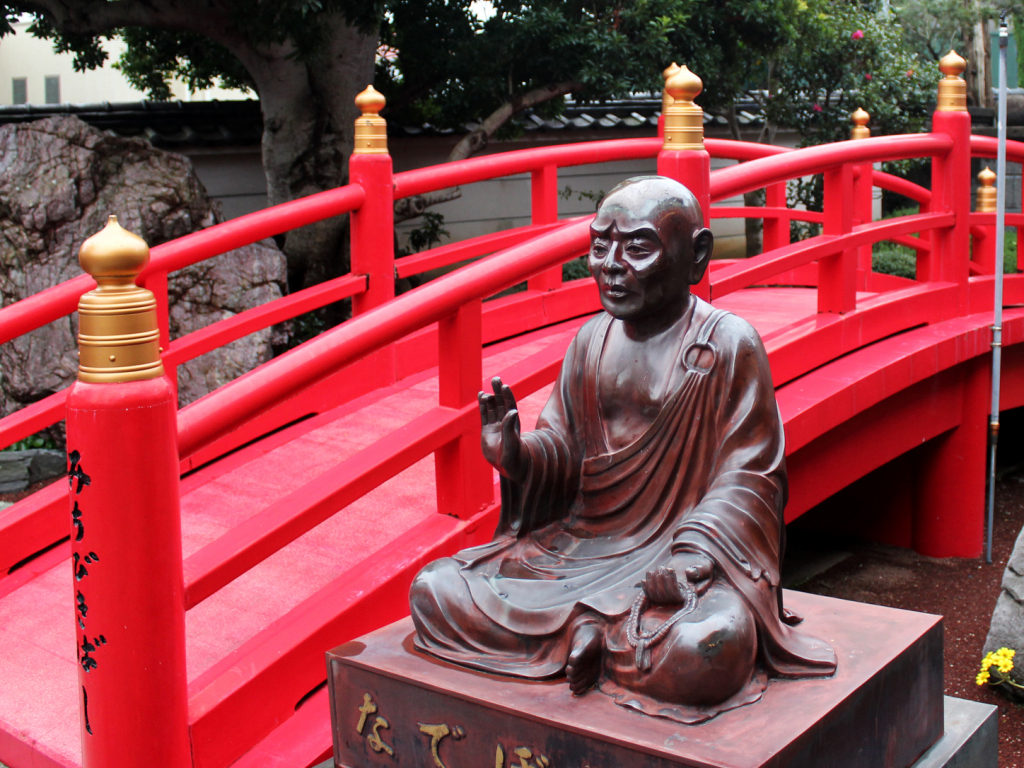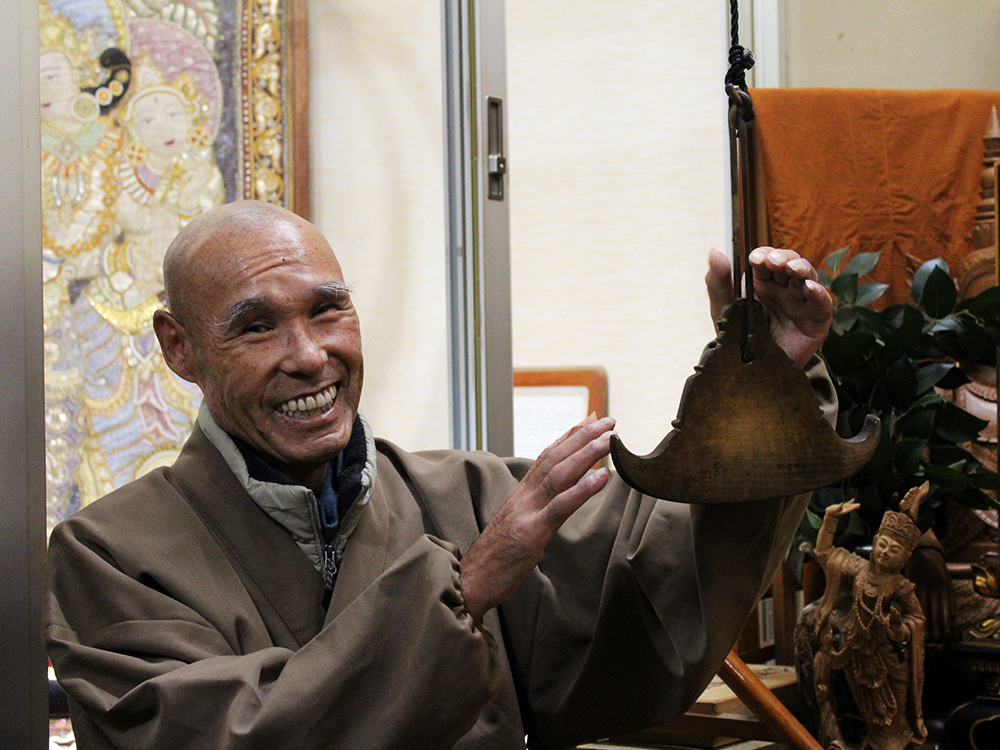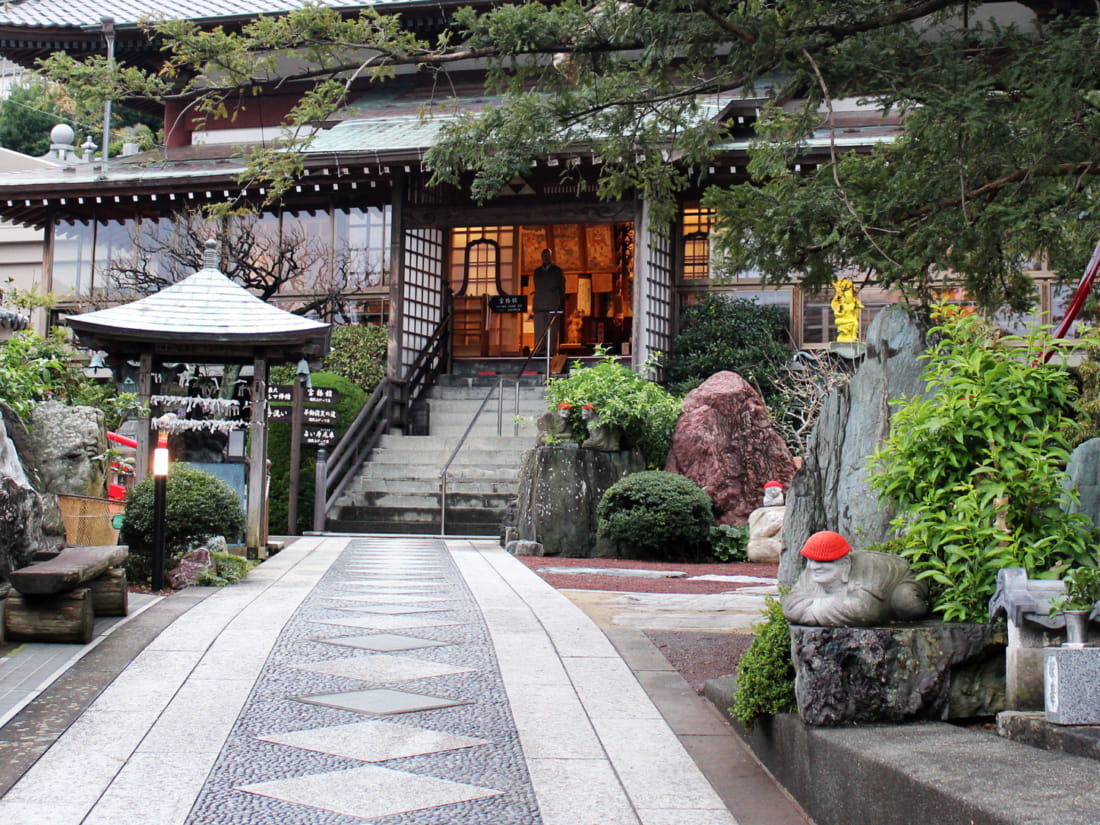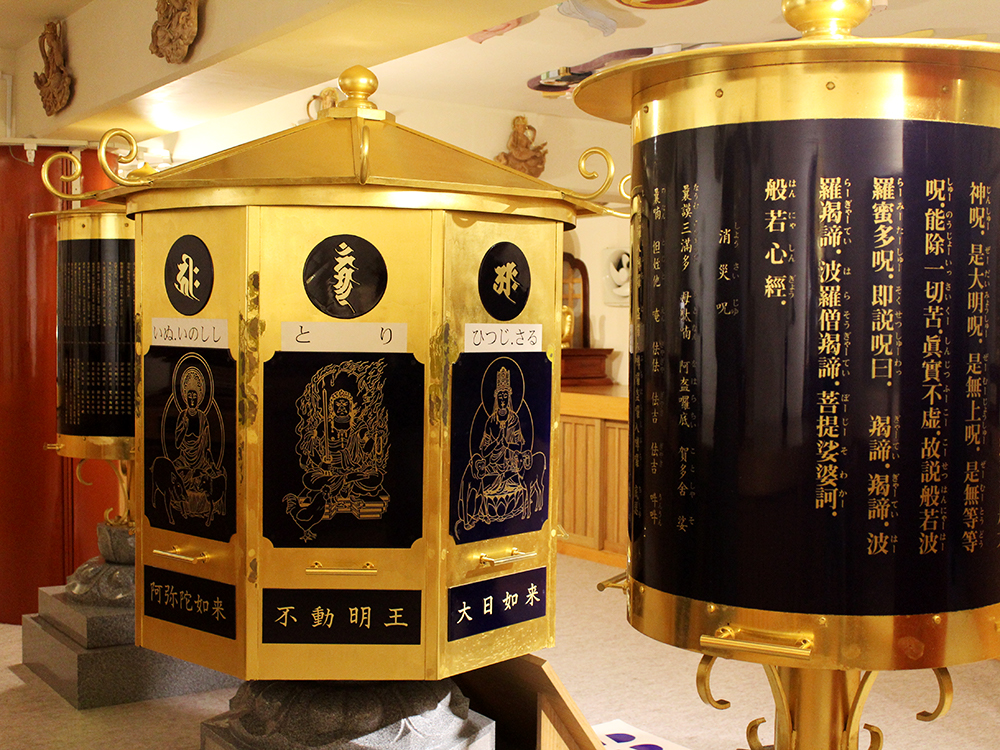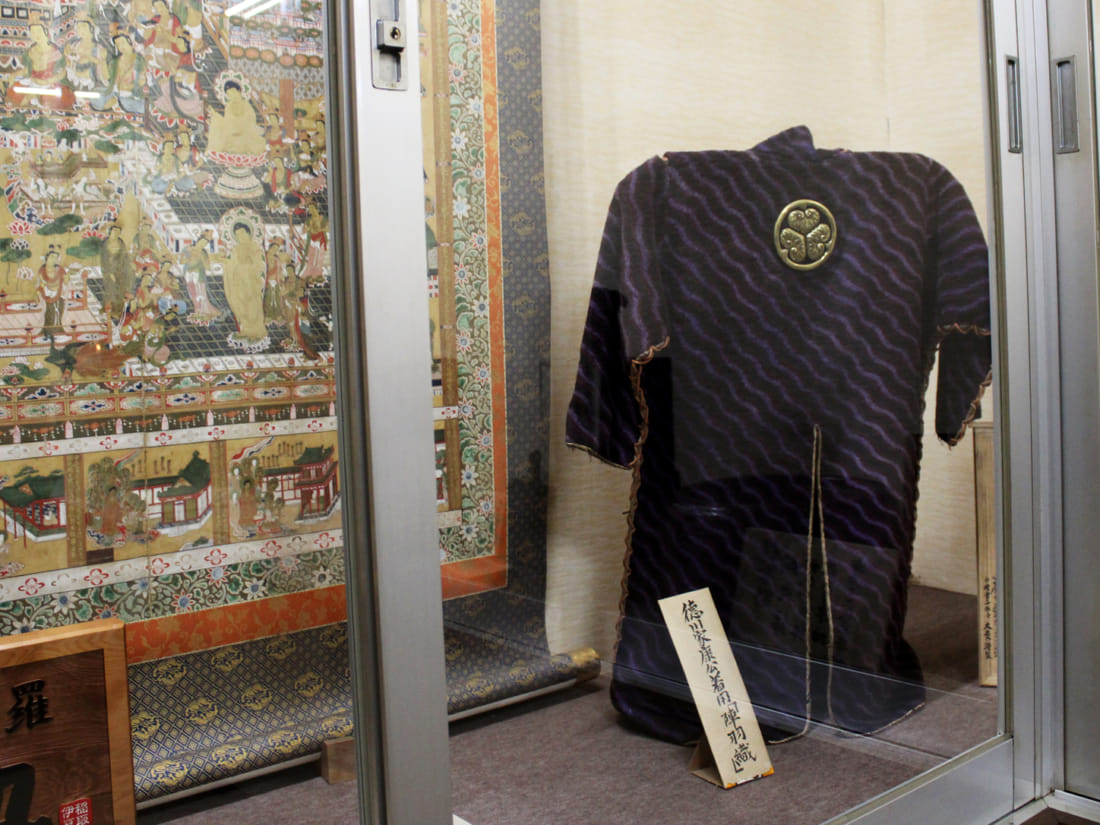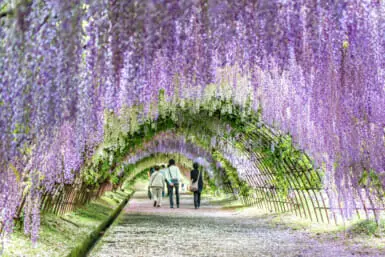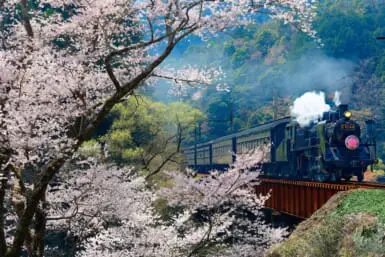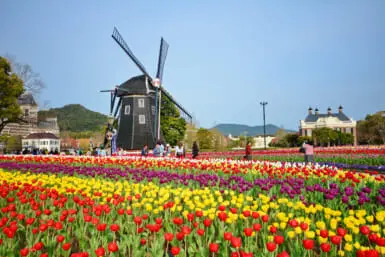Before sending us on a tour of Saikoji temple, the head monk Muramatsu-san asked us a final question: “Do you know what baka means?”
“Stupid,” we replied in unison. The monk with a bald pate, Pai Mei-style furry brows and endearingly toothy grin gave us a sly look before dishing out a brief lesson on the malleability of the Japanese lexicon.
Baka – Muramatsu-san informed us – can mean either “blundering fool” or “unrivaled genius,” depending on the context in which it’s deployed. The point he was trying to make, I think, was that things in life are not as always as they immediately appear – or possibly something markedly more profound than that indeed.
With this Buddhist query in mind, we set off to explore the halls of this historic and spiritual – yet nondescript – temple in Higashiizu, the hot springs town located on the Sagami Bay coast of the Izu Peninsula.
The Head Monk
When we initially arrived at the temple’s main hall, we were greeted Muramatsu-san and it wasn’t long before he regaled us with tales of Higashiizu’s history.
During the Sengoku Period – which culminated in 1603 with establishment of the Tokugawa Shogunate – Japan’s disparate clans and provinces were perpetually embroiled in bloody conflicts and territorial disputes. Following Tokugawa Ieyasu’s victory in the Battle of Sekigahara in 1600, which effectively ended over 100 years of continuous bloodshed, many defeated samurai fled to isolated reaches of the Izu Peninsula. It was here in Higashiizu that a host of former samurai threw down their swords in exchange for a life of ascetism. Saikoji is a 420-year-old reminder of that unheralded period of social and political transition in Japan.
Though Muramatsu-san’s stories were coming to me indirectly via translation, I was gripped by his monologue, delivered at the front of the hall, while framed by a theatrical backdrop. Above his head, a tapestry of painted scrolls running the length of the hall depicted the delicate balance between war and intermittent periods of peace. Behind him rose an elaborate butsudan altar of hand-carved candelabras, embroidered wall hangings and deific statues shaped from burnished wood. This was his stage, and clearly, he was no stranger to it.
The Cleansing
Feeling impressed, if not a little puzzled, we made are way into the depths of the building. Below the main hall was a pitch-black passageway that we walked through guided by a wall to one side. This was part an age-old Buddhist practice designed as a rebirthing or spiritual cleansing ritual. The idea is that it will instill fear from the outset, and when you overcome that fear you will be enlightened; your spirit purified.
There’s a kind of primitive adrenaline spike when you’re submerged by darkness. While I wouldn’t say my heart was pumping at a rate of knots, the passageway seemed to invoke that ancient biological mechanism that lies within us all, kicking in when we lose our ability to see and have little to no awareness of our surroundings. The faint rustle of shoeless feet behind me, and the odd gently flailing hand that brushed against mine was enough to give me a quick jolt. I felt a little more open to predation that I had bargained for, and was grateful that nothing snarling and hungry was in there keeping me company.
A Golden Fortune
The tunnel culminated in a room that was notably more polychromatic. The visual transition to golden prayer wheels, kanji-smothered zodiac calendars, statuettes and goddesses carved into the ceiling, felt like I’d been administered a micro-dose of LSD; I had been purified, only to be immediately re-toxified.
The prayer wheels, huge polygonal barrels covered in ancient script, were fortune-telling devices. I stood in front of the zodiac sign for dog – marking the year of my birth – and spun the wheel with a grunt. Everyone went silent as it chugged slowly to its resting place. Now I won’t claim I entirely understood what was going on, and I tend to leave fortune-telling to those who having nothing better to do, but, when I was informed that I’d been granted good fortune for the year (“international success” to be specific), I decided that this was the kind of prayer wheel I could get behind.
The Relics
It was our final act in Saikoji that would leave the most lasting impression. Muramatsu-san brought us to a wing of the temple in which he had his own room-sized reliquary; a collection of stunning ancient artefacts gathered over a lifetime of ecclesiastic existence. He showed us a diamond-studded Burmese harp which he’d picked up in Myanmar many moons ago, and a sublime camphor wood carving worth more than 10 million yen.
Behind a glass-walled cabinet lay a palanquin used to carry the shogun around the turn of the 19th century, its outrageously miniature size serving to remind how much a good diet has changed the dimensions of our species over the last 200 years. A giant hand-stitched scroll dominated one wall of the room, with one of Tokugawa Ieyasu’s war gowns erected on a stand underneath. The brocaded garment of purple silk was created with Dutch and Chinese materials – as was the fashion among higher classes in ancient Japan – and fixed with the golden hollyhock symbol that marked the Tokugawa clan.
It was a marvelous collection, a priceless treasure hunter’s loot confined to one little temple in this hidden stretch of the Izu peninsula. To underestimate the wealth of history held inside this rather ordinary-looking temple, now that would really be baka.

